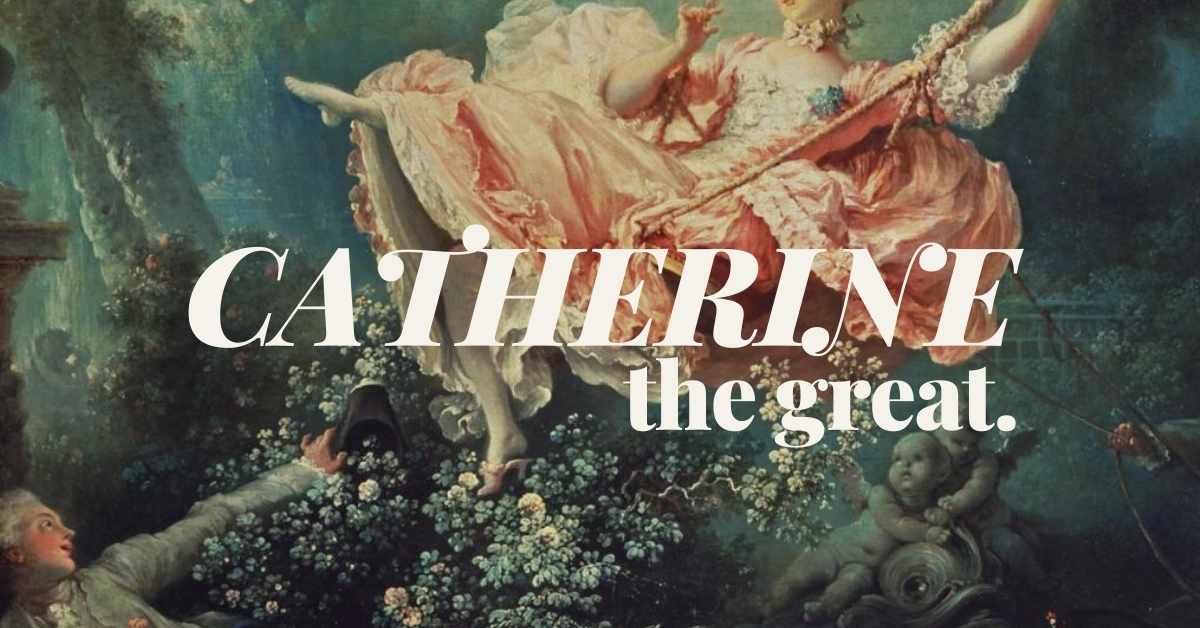If I asked you what you knew about Catherine the Great, would your answer involve copulation with a horse?
There are so many legends about Empress Catherine II of Russia- there’s an entire Wikipedia page devoted to them.
Although none of them hold any water, the conflicting mythologies run rampant through pop culture, reaching a delightful apotheosis in Hulu’s The Great: an occasionally true story. The wild fictional stories about Catherine’s life are engaging and even occasionally enlightening. But the real woman behind them? Has been lost over the centuries.
Catherine herself didn’t help: she left behind tantalizingly incomplete memoirs, all which end abruptly before she came to power.
At times they are startlingly upfront– honestly depicting her difficult childbirths and her husband’s cruelty– and other times frustratingly coy, mentioning known lovers consistently without explicitly stating their relationship.
Do the rumors have any truth? Was she really the immoral sex fiend her opposition painted her as? The seductress? The nymphomaniac?
With the recent reboot of Sex and The City – paired with The Great– Catherine seems like an 18th century Samantha: A PR powerhouse who leverages her sexual power and position non-stop.
But what is Catherine’s real story?
Catherine The Great’s Childhood Was “Nothing of interest”

Before we dive into the rumors and realities of a woman born with independence beyond her time, it only seems fair to look into what made her who she was. As so many historical women show us- nature is only part of what makes us who we are.
Catherine’s story starts the same as so many women of her time: powerless and penniless.
Born in an obscure German principality, Sophie Friederike Auguste von Anhalt-Zerbst was a far cry from her future glory as Catherine the Great. In fact, she seemed the unlikeliest of candidates to become a major power player.
Compared to other aristocrats, young Sophie was barely scraping by. Her own mother was a stubborn, occasionally manipulative woman who lacked Sophie’s innate political savvy.
In Catherine’s own words, her childhood had “nothing of interest in it.”
However, Empress Elizabeth Petrovna, the daughter of Peter the Great, handpicked Sophie to marry her sixteen-year-old nephew and heir, the Grand Duke Peter.
Why?
Perhaps Elizabeth thought the Grand Duke, who began life as an obscure German prince himself and had a (dangerous) admiration for Frederick the Great of Prussia, would like to marry his German cousin?
It’s a tantalizing thought.
But more likely, the Empress thought a minor princess would be eternally grateful for the change of status, making young Sophie obedient to the empress’ strong will.
Sophie arrived in Russia in 1744.
She was fifteen, chaperoned by her mother.
Sophie embraced her new position with gusto. She converted to Russian Orthodoxy. She took the Russian name Catherine Alekseyevna to cement her commitment. She devoted herself to learning everything she could about her new home.
Catherine’s memoirs cover the drama of her first years in Russia in great detail, as she was trying to navigate a foreign court while still being a child herself.
We have to make allowances for Catherine’s bias– a reigning empress was highly unlikely to portray herself in a negative light, or portray the husband she had deposed in a positive light. Nonetheless, the anecdotes within her writings reveal true color to her personality.
Trouble With the Mother-In-Law: “Ambition alone sustained me.”
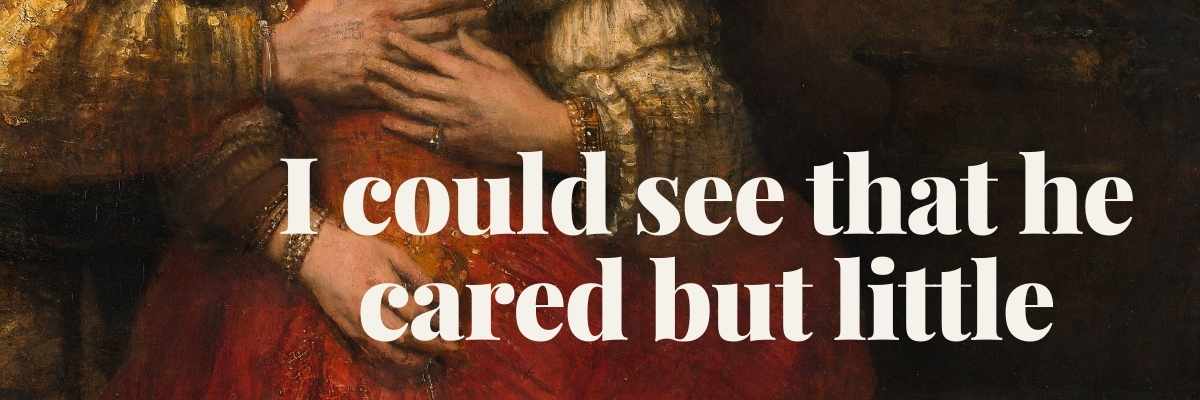
It was less than a fairy-tale marriage.
When she arrived in Russia, Catherine “seemed to give the Grand Duke much pleasure,” but “I could see that he cared but little for the nation over which he was destined to rule… that he had no affection for those about him; and that he was very childish.”
Catherine knew she had to secure her place in the Russian court. Catherine humored Peter in the most outrageous ways- including indulging his favorite pastime, playing with toy soldiers. She recounts a gruesome episode where she found a rat hanging from his ceiling- executed for damaging his toy battlements.
Catherine didn’t even balk when Peter confessed “he was in love with one of the maids of honor to the Empress… that he would have been very glad to have married her, but that he was resigned to marry me instead.”
Catherine quickly realized there would be little love with her husband.
When her novelty for him began to fade and he began amusing himself with other women, she was not too disheartened.
On her wedding day, Catherine reflected: “My heart predicted but little happiness; ambition alone sustained me. In my inmost soul there was a something which never allowed me to doubt for a single moment that sooner or later I should become the sovereign Empress of Russia in my own right.”
Catherine turned to Empress Elizabeth instead. They formed a cautious friendship, with Elizabeth impressed by Catherine’s dedication to learning Russian.
But the course of friendship between a mother-in-law and her daughter-in-law never did run smooth. Not only did Catherine’s rocky relationship with her husband make a family alliance difficult, Catherine’s mother was outed as a spy for Russia’s enemy, Frederick the Great.
In spite of the drama, Elizabeth was a role model for Catherine. As the daughter of Peter the Great, Empress Elizabeth had seized the Russian throne in a coup and stabilized the turbulent country- which was the exact move Catherine would soon make herself.
Sometimes Winning Feels Like Losing: “She is a woman of great sense”

If Catherine felt like she was carving out a position of power for herself, her first pregnancy in 1754 showed her exactly where she really stood. Confined to gloomy, oppressive rooms, she endured an extremely difficult labor. After the birth, Empress Elizabeth whisked away Catherine’s child, the future Emperor Paul I, to raise him herself.
Catherine wouldn’t see her son for weeks. Instead, she was left alone to fight through a postpartum illness while the rest of the court celebrated with feasts, balls, and fireworks.
Robbed of this crucial bonding time, it seems unfair to blame Catherine completely for her icy relationship with her son as he grew to adulthood.
After Paul’s baptism, the Empress brought Catherine an unimpressive “push present:” 100,000 roubles and a jewelry set Catherine said she “should have been ashamed to give to my maids.”
When later asked why she never wore the parure, Catherine quipped “that on the Empress’ fêtes I was accustomed to wear the most beautiful things I possessed, and that this necklace and earrings did not come within that category.”
Coming from a woman who she had once admired and trusted, it must have been a slap in the face. Catherine had done her job. She produced the heir and now she was disposable.
Catherine’s Intellectual Pursuits
Ignored by her husband, belittled by the empress, and separated from her son, Catherine filled her time with intellectual pursuits. She devoured the works of Cicero, Montesquieu, and Plutarch, as well as Russian authors, with a special interest in history and philosophy. Catherine became enamoured with contemporary Enlightenment ideas. She thrived off the works of Voltaire and Rousseau. She followed her intellectual curiosity into almost every sphere, writing her own operas and fairy tales.
She also developed a habit that shocked even the Empress: riding horses in men’s attire and without a sidesaddle. Elizabeth, who frequently held crossdressing balls, may have been shocked less by Catherine’s attire and more by the image of power it presented.
Catherine was stretching her muscles, both literally and figuratively. After a decade in Russia and playing by the books, she was no closer to feeling like the significant woman of history she felt destined to become.
It was time to change tactics.
Both Peter and Empress Elizabeth were extremely uncomfortable with Catherine’s increasing boldness. The Empress considered sending the difficult princess back to Germany.
However, after hours of Catherine pleading her case to the Empress, she was allowed to stay: “She loves truth and justice; she is a woman of great sense; but my nephew is a fool.”
The Great Rise To Power: “The whole is more of a miracle”
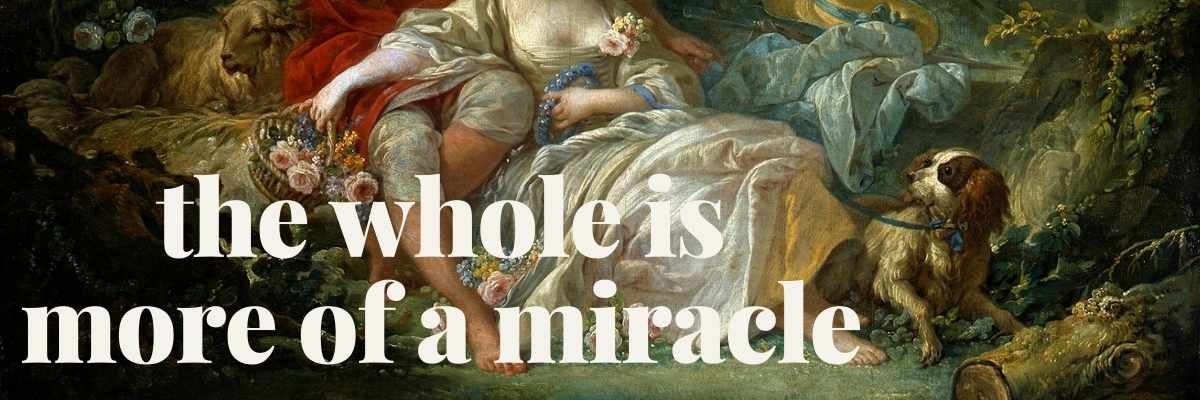
While Catherine’s relationship with the Empress had its ups and downs, the truth was the Empress gave Catherine some protection as a foreigner within the court. But this safety net disappeared when the empress died in 1761.
At the time, Elizabeth had been involved in a war with Peter’s idol, Frederick the Great. After his mother’s death Peter lost no time in negotiating a treaty that bolstered Prussia and left Russia humiliated. The point was clear: Peter would do exactly what he wanted, regardless of the consequences.
Catherine was in a perilous position.
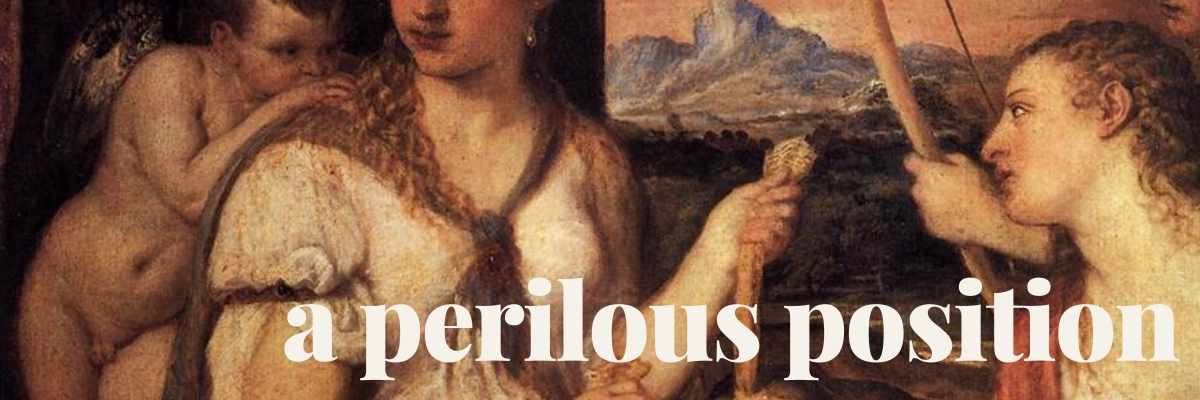
Over the years, Peter’s apathy toward her had hardened into hatred: “Peter III had lost the small share of sense which naturally belonged to him; he openly offended all parties…. he wished also to change the religion of the country, marry Elizabeth Voronzoff, repudiate me, and place me in confinement.”
But unlike her husband, Catherine had been making careful and powerful alliances. She shored up support among similarly “enlightened” aristocrats, built on an appreciation for learning and the arts.
Her relationship with army officer Grigory Orlov had been blossoming for years. Orlov and his brothers were well-respected war heros, and they had a lot of influence over the men in their regiment- the prestigious Izamailovsky Guards.
With Peter beginning to move against her, Catherine had no choice but to act.
On the night of July 8th, she gave an impassioned speech to the Izmailovsky Guards, asking them to protect her. Primed by the Orlov brothers, they rallied to her cause. With the guards behind her, she gathered support from other regiments and members of the clergy. The company rode to the Winter Palace, where the aristocrats and holy synod had already assembled to proclaim her empress.
The next morning, Catherine dressed in the guards’ uniform and rode to force her husband to abdicate.
Eight days later, Peter would die in prison– likely assassinated by Grigory Orlov’s younger brother, Alexei. Whether Catherine ordered the murder or not remains unclear.
In the aftermath, Catherine wrote of her ascent to the throne: “the whole is more of a miracle than a merely human contrivance, for assuredly nothing but the Divine will could have produced so many felicitous combinations.”
Even A Queen Can’t Do It All: “One does the best one can”
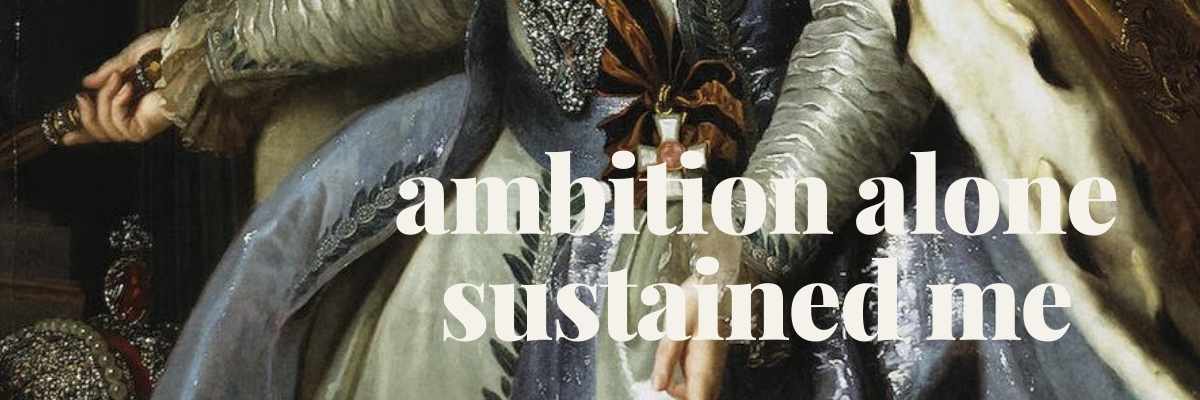
Crawling out of a powerless childhood. A loveless marriage to an insufferable man. Playing by the rules of aristocracy- having his child, winning the respect of your mother-in-law. It’s enough to make any woman ready to break free.
And now- she was. Catherine the Great finally had the crown and the power to make good on her years of philosophizing.
Now what?
I can only imagine how strange it must have felt those first few mornings, waking up after years of dreaming about the position she now found herself in. Catherine now had the blank canvas of Russia on which to paint the visions she had been preparing for her entire life.
Keep this in mind: When Catherine ascended to the throne, most of Europe still saw Russia as a wilderness. Russia was a medieval relic lumbering into the eighteenth century.
Catherine dreamt of ushering Russia into a Golden Age of Enlightenment ideals, refined art and culture, and political power.
But the country she was handed wasn’t set up for change.
There was an empty treasury to replenish and ongoing tensions with other countries to resolve. Adept at international relations, she kept peace with cleverly managed personal relationships and aggressive military tactics.
But in terms of radical reform? Catherine was less successful. She pushed for a new constitution based on Montesquieu, but the endless debates among the aristocracy produced nothing.
She looked to create change through ideals, striving to capture the hearts of her people…until she got a rude wake up call. Yemelyan Pugachev, a Cosssack officer, claimed to be Peter III and exploited war and plague to incite a rebellion.
It would take more than the works of Voltaire to change her country.
Ruling an empire as large as Russia required more practicality and less philosophy. In her own words, “One does not always do the best there is. One does the best one can.”
Catherine had dreamed of abolishing serfdom, Russia’s version of the feudal system which kept the lowest classes enslaved. However, the institution was the backbone of Russia’s economy, based overwhelmingly on the agricultural goods produced on the aristocracy’s estates.
The serfs’ owners would not support Catherine’s bid to free the serfs. She realized even if they did not overthrow her- a toppled economy would.
In the wake of Pugachev’s rebellion, Catherine imposed serfdom on the residents of the Ukraine and separated crown lands among her supporters. She then leveraged the peasants’ labor to pay for her other reforms.
The Queen Architect Builds “The Star of the North”

Despite the places where she fell short of her dreams, Catherine changed Russia.
She expanded the country’s infrastructure. She rebuilt cities to create real centers of commerce. She patronized the arts, science, and education- both at home and abroad.
Catherine also spearheaded a broad vaccination campaign, expanded the imperial library by tens of thousands of volumes, and amassed a collection that formed the basis for the modern Hermitage museum.
Catherine’s intellectual pursuits began the flowering of Russian culture. Her long-admired role model Voltaire dubbed her “the Star of the North.”
Russia developed from a backwater mess into a true world power. Through correspondence with Voltaire, Diderot, and other major politicians and intellectuals of the 18th century, Catherine made her country an international hub.
In the words of France’s Russian ambassador, “The court of Catherine was the meeting place of all European monarchs and celebrities of her age…St. Petersburg occupied an important place among the capitals of the educated world and the Russian throne was raised as high as the most powerful and significant thrones.”
In Russia, Catherine’s reign is still known as the “Catherinian Era,” similar to England’s Elizabeth and Victorian Eras.
“My heart is loath to remain even one hour without love.”
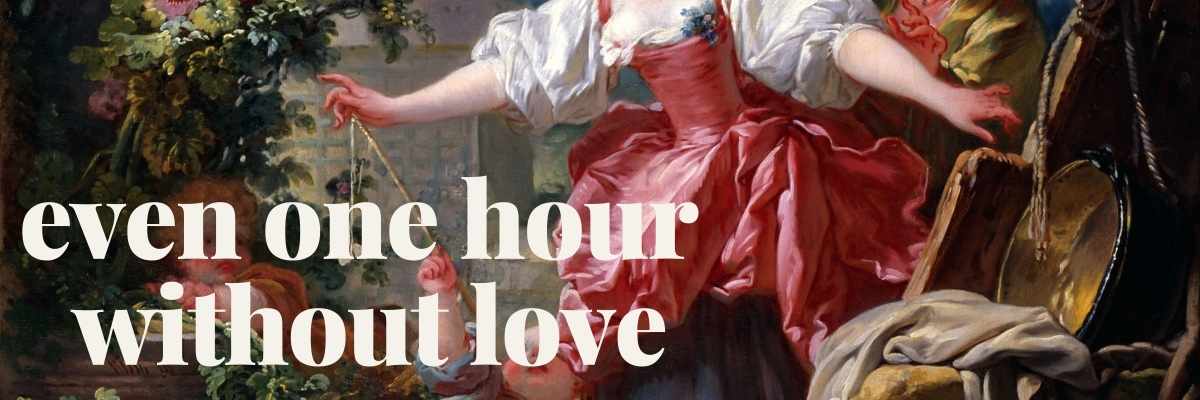
I have tried to focus on Catherine’s accomplishments rather than her love life.
But in the context of history? Twelve confirmed lovers in an era where women’s purity was valued above all else? Her sex life was an outlier of the time.
Later men would paint Catherine as a nymphomaniac…but her romantic patterns are rather tame. Less of a bodice ripper and more a disheartening tale of a woman trying desperately to find the authentic connection we all crave.
Starved for human connection by a hard-headed mother, imposing friend/de facto mother-in-law, and petty husband, Catherine turned to lovers for comfort.
She had no shortage of aristocrats vying for her attention. Sergei Saltykov was her first lover, chosen for his quick mind and flashy accomplishments.
Soon after, she began a relationship with another nobleman, Leon Narickine, while continuing to see Saltykov, which drew some gossip. One lover surprised no one, but two at the same time seemed…excessive.
Catherine added Polish aristocrat Stanislaw Poniatowksi to her inner circle in 1755. While she mentions Saltykov and Narickine giving her “attentions” in her memoirs, she is much more vague as to her relationship with Poniatowski– likely because she made him King of Poland to control the problematic border country.
Catherine’s relationship with Grigory Orlov was her longest lasting, but another army officer was the great love of her life: Grigory Potemkin.
Although Catherine’s romantic relationship with Potemkin only lasted two years, they remained extremely close friends, leaving an important impact on each other and Russia.
It’s even possible Catherine and Potemkin were morganatically married.
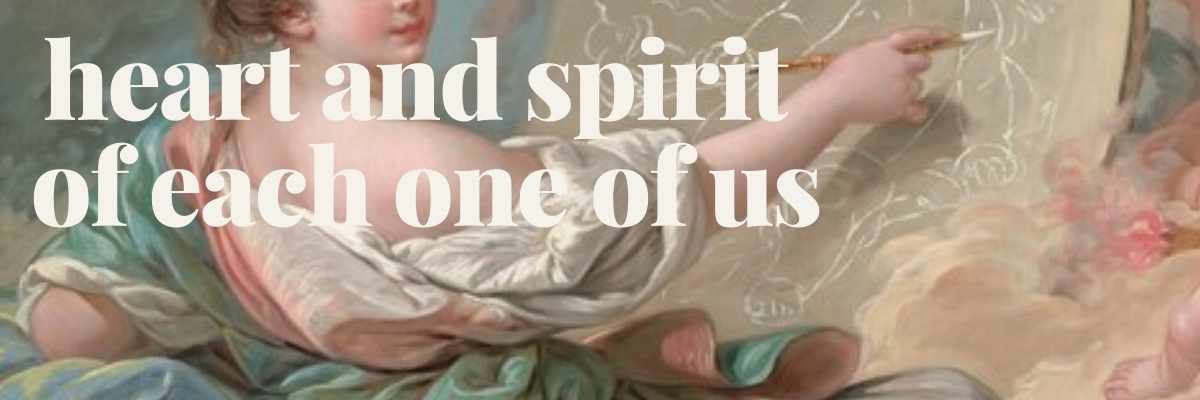
This is similar to Elizabeth Petrovna and her long-time favorite, the serf singer Alexei Razumovsky.
Potemkin and Catherine began their relationship in 1774, after Potemkin returned from a campaign against the Ottoman Empire as a war hero. Their relationship was a heady combination of all of Catherine’s passions: learning, power, and sex.
Catherine preferred not to mix business and pleasure, but Potemkin enjoyed a political power denied to her other favorites. They retained a deep bond built on mutual respect and trust, and Potemkin oversaw most of Catherine’s aggressive military expansions.
After their relationship became more platonic, Catherine began a series of flings designed not to engage her emotionally or intellectually; in this way she remained faithful to Potemkin.
As Catherine got older, her favorites kept getting younger, which drew particular derision.
Even up to her death from a stroke at sixty-seven, Catherine was still taking younger lovers. All of this gave rise to the most vicious rumor circulated about her: that she died having sex with a horse.
The Profound Life and Love Of A Historical Woman
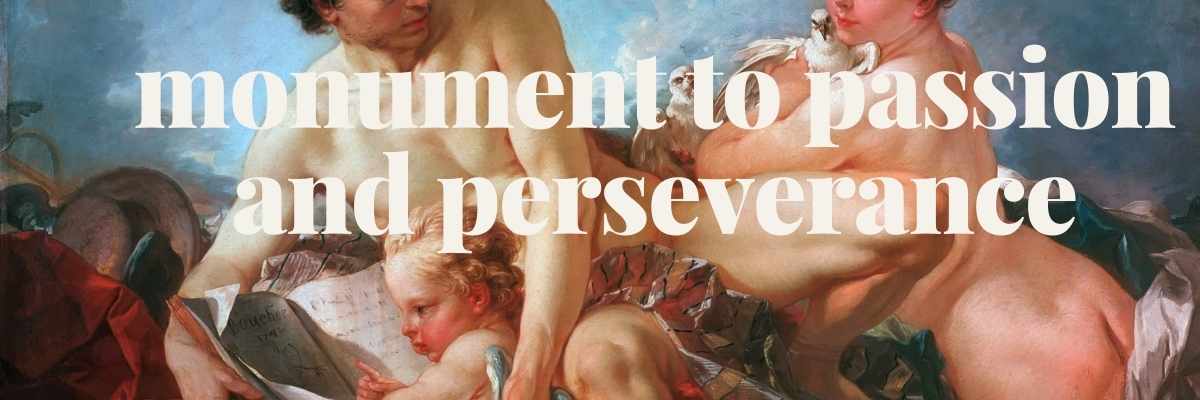
“Happiness and unhappiness are in the heart and spirit of each one of us.”
I first encountered Catherine the Great’s story during a period of profound grief. After the death of a mentor, I found myself staying up late, reading Robert Massie’s Catherine the Great: Portrait of a Woman to stave off sobs.
I was drawn to her. Despite the trappings of politics and war, Catherine stands out, first and foremost, as a human being.
She reminds me a bit of Miranda from Sex and the City: a career obsessed woman with a desperate need for romance she tries to hide. Of all her lovers, Catherine found the most solace in those who valued her as a woman first and a leader second.
Catherine is surprisingly relatable. It’s hard not to empathize with her struggle to be taken seriously in all aspects of her life: as a politician, as a philosopher, and as a woman.
And it’s hard not to feel disheartened by how cruelly history belittled those efforts with malicious gossip about a perfectly normal and healthy adult sex life.
But ultimately, Catherine’s story is a monument to passion and perseverance. Perhaps that’s why, however she is painted, she’s remained a historical figure who inspires us even today.

